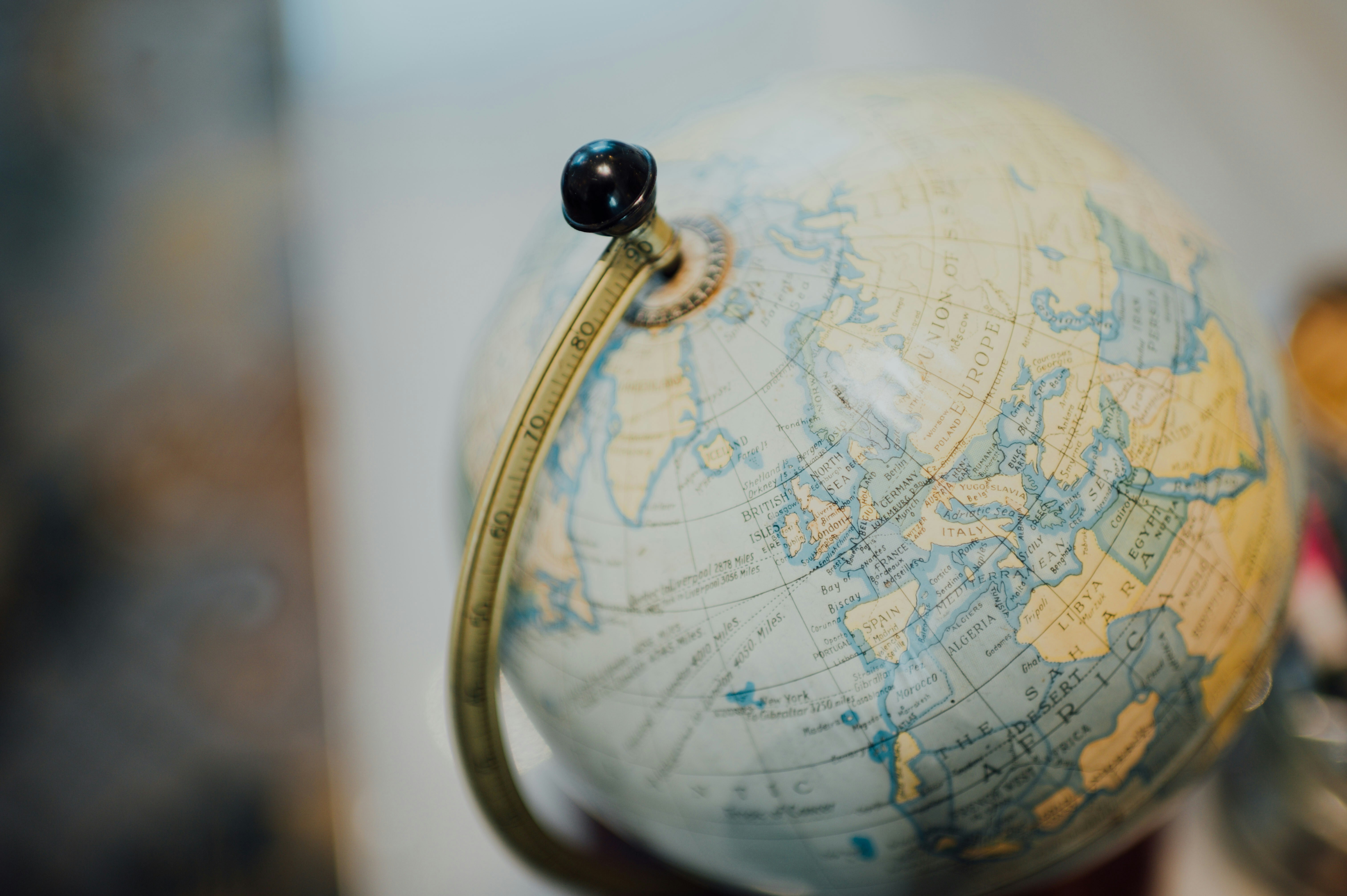Why Diversification Matters in a Fragile Global Economy
.svg)

In the world of investing, few things move markets like uncertainty, and right now, there’s plenty of it brewing in the world’s largest economy.
Over the past month, fears of stagflation in the U.S. have begun to resurface. Stagflation: an uncomfortable mix of stagnant growth and high inflation. With recent data showing signs of softening consumer demand, tepid job creation, and stubborn inflation prints, investors are asking the obvious question: what happens if the U.S. slows down while prices stay elevated?
The implications go far beyond the U.S. borders.
The phrase “when the U.S. sneezes, the world catches a cold” exists for a reason. American markets dominate global trade, shape liquidity flows, and often set the tone for investor sentiment across continents. But when macro risks mount, as they have in recent weeks, being overexposed to any one economy, even the world’s largest, can create blind spots.
Recent Morningstar research highlights how retail investors tend to underperform during periods of heightened volatility, not necessarily because of poor market timing, but due to a lack of portfolio resilience and over-concentration in their own domestic equity market. This insight holds especially true for investors based in or overly reliant on a single geography, whether that’s the U.S., the UAE, or anywhere in between.
The Case for Global Thinking
Economic cycles rarely sync perfectly across borders. That’s a good thing.
While U.S. markets continue to outperform the rest, there is a risk where this trend does not continue and other regions offer different stages of resilience. For example:
- India and Southeast Asia are experiencing strong growth led by domestic demand and infrastructure spending.
- Europe has seen cooling inflation and is cautiously optimistic about monetary easing.
- MENA markets, including the UAE, continue to benefit from capital inflows, favourable tax structures, and regional economic reform.
Diversification across geographies means your portfolio isn’t tied to the fate of one economy or one central bank’s policy decisions. And in times like this, that flexibility can be a strategic advantage.
What It Looks Like in Practice
Global diversification doesn’t mean scattering your capital across the world blindly. It’s about thoughtful allocation, balancing risk and opportunity across regions, sectors, and asset classes.
For example:
- Adding international equities can tap into growth stories that don’t mirror U.S. market cycles as well as giving investors access to industries not available in the US. More than 80% of advanced semiconductor manufacturing is done by Taiwan Semiconductor Manufacturing Company and Samsung Electronics, both of which are primarily listed outside of the U.S. and are not in the S&P 500 or Nasdaq index.
- Exposure to global fixed income reduces portfolio volatility and offers investors more consistent returns that often do well when equity markets are not.
- Alternative assets such as infrastructure, global real estate, or private equity also reduce volatility and improve portfolio resilience.
In short, diversification isn’t about chasing the next hot market. It’s about preparing for the unknown and ensuring your wealth has the agility to weather different unforeseen scenarios.If you haven’t reviewed your portfolio’s global exposure recently, now may be the time.
Because when one market stumbles, you want the rest of your portfolio ready to keep moving forward.
Thank you for your interest in joining Vault.

Al Khatem Tower, ADGM
Abu Dhabi, United Arab Emirates
For more information regarding Interactive Brokers, please visit www.interactivebrokers.com.








